In the UK, 675,000 homes lost electricity because of the windstorm, as well as a further 10,000 homes in Ireland
Insured losses due to wind from Storm Ciara will range between €1.1bn (£0.9bn) and €1.9bn, with the majority of losses expected across the UK, Germany and France, according to catastrophe risk modelling firm AIR Worldwide.
This prediction includes the estimated insured physical damage from wind to property, including structures and contents, for residential, commercial, industrial, agricultural and auto properties. AIR Worldwide’s modelling also took into account business interruption and additional living expenses.
Storm Ciara was officially named on 5 February by the UK Met Office – the third windstorm the agency has named this season.
Ciara hit the UK and Ireland on 9 February, before moving on to mainland Europe; the storm was named Sabine in Germany and Elsa in Norway. Other European countries affected include France, the Netherlands, Belgium, Poland, the Czech Republic, Slovenia, Sweden and Denmark.
In the UK, Storm Ciara caused coastal and inland flooding, as well as downed trees and power lines. This caused 675,000 British homes to lose electricity, in addition to a further 10,000 in Ireland. Across Europe as a whole, nearly 500,000 people were affected by power cuts.
Hundreds of flights were also cancelled, in the UK, Germany, Belgium and the Netherlands. The port at Dover, as well as Calais in France, was also shut down.
Insurers need to prepare
Simon Welton, Swiss Re’s market head property and casualty, UK and Ireland, said: “Although the cost of the damage caused across Europe by storms Ciara and Dennis is still unknown, it acts as another reminder of how important it is for insurers to prepare for these peak events.
“Because damage can occur in concentrated areas, this can result in a clustering of claims, generating large losses and a substantial impact on solvency considerations. Not only can this lead to insurers becoming overwhelmed by claims, such big events can trigger claims inflation and substantial loss amplification.
“Beyond operational challenges, regulators are now also demanding that insurance companies provide a view of how storm clustering affects their portfolio.
“As the changing environment causes more of these sudden and violent weather events, it is crucial that that the authorities, businesses and individuals alike, look to make their properties more resilient.
”But just as important is the need for the insurance industry to have systems and processes in place to manage the impact on them and their customers.”
In the wake of Storm Ciara, Defra, the UK’s Department of Environment, Food and Rural Affairs, revealed its cross-industry code of practice last week at the House of Commons.
Aviva aims to be heavily involved in this action – the insurer has seen claims and calls surge by 285% this month compared to January.



























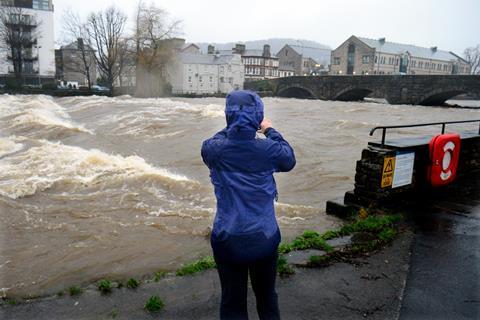



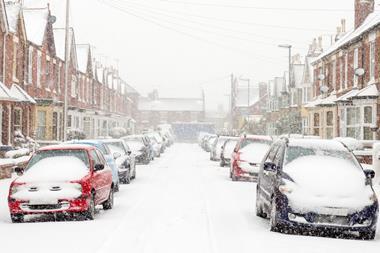
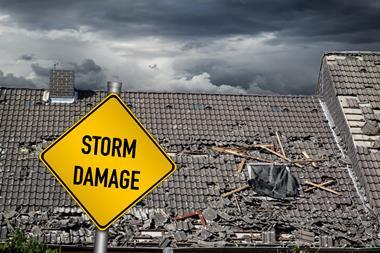
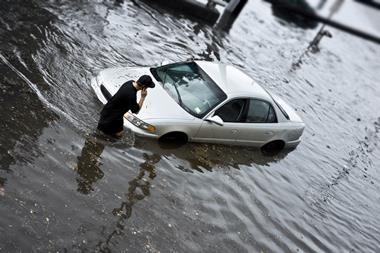
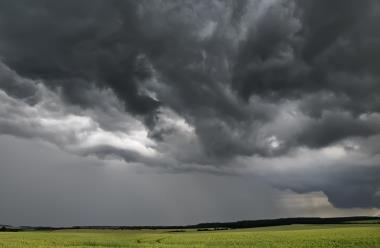


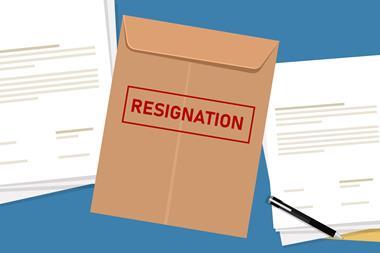







No comments yet